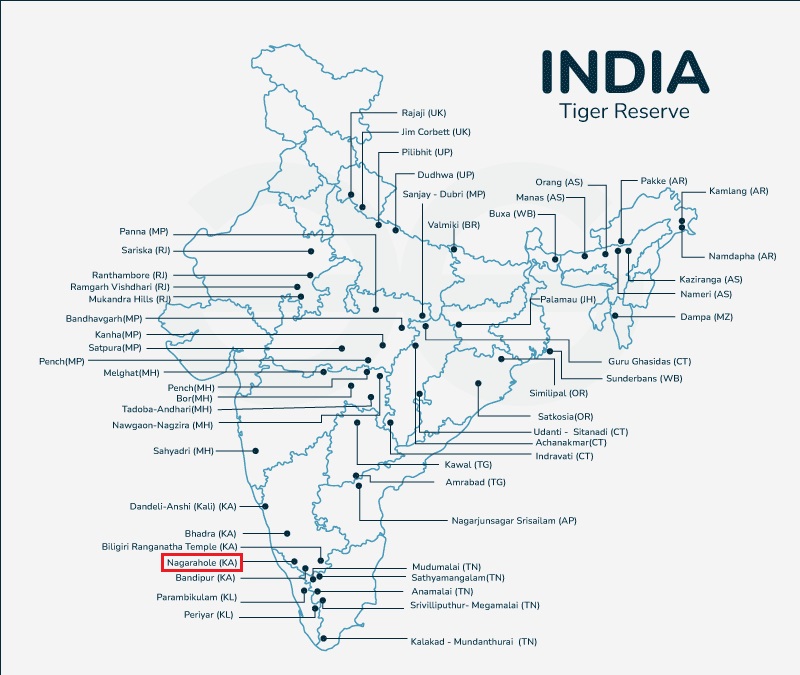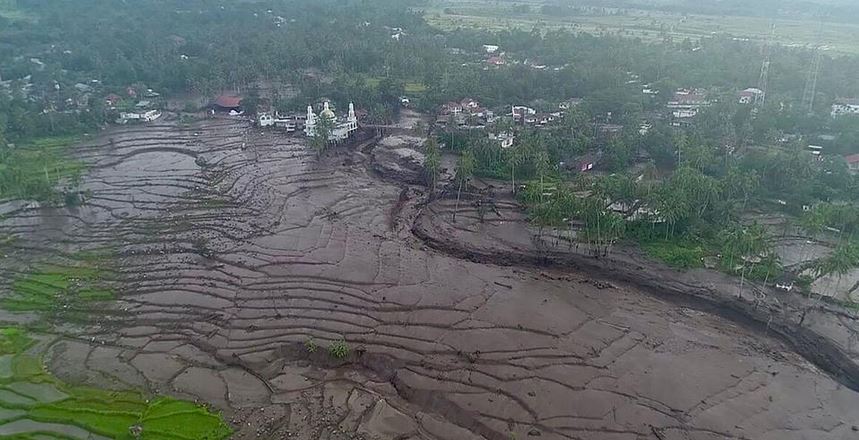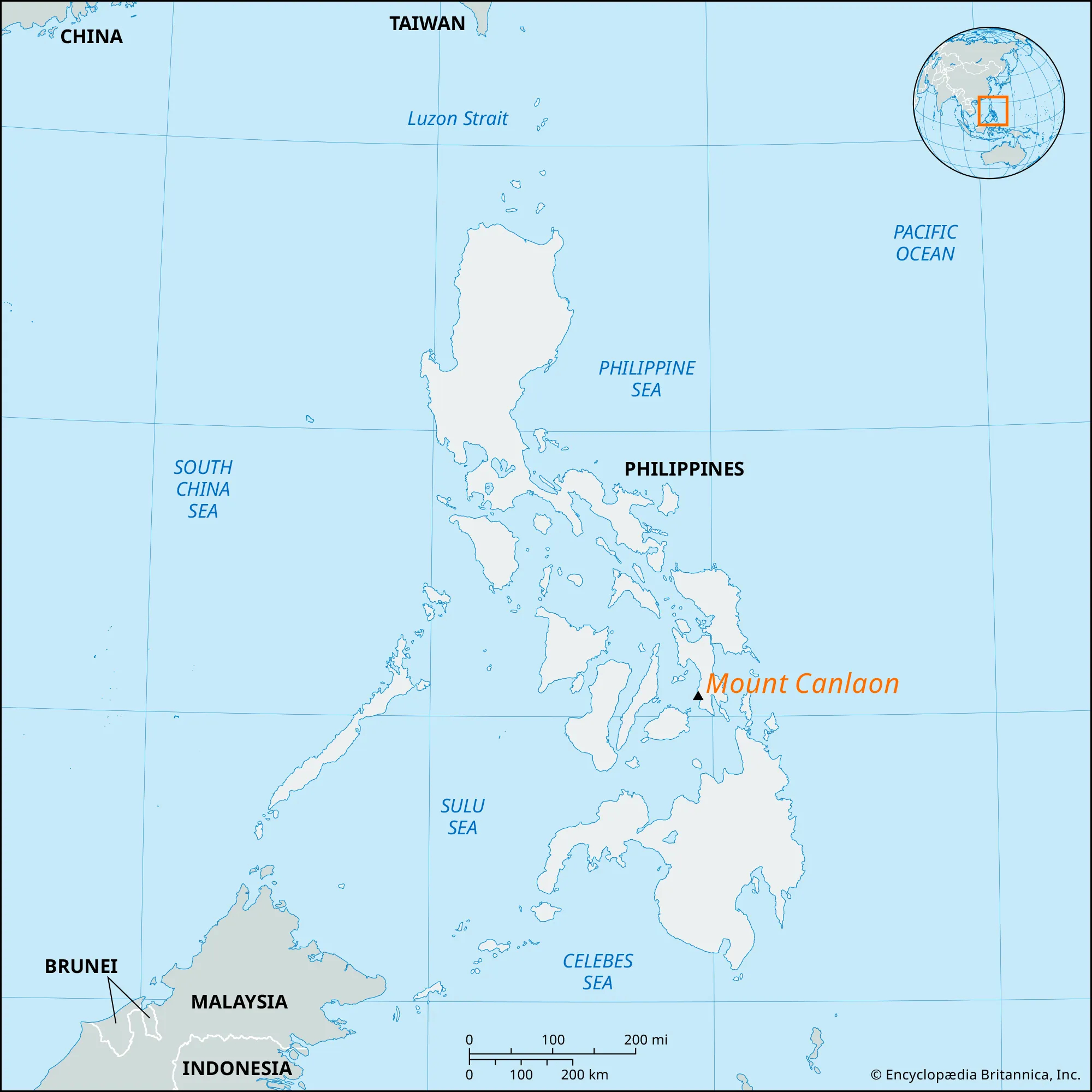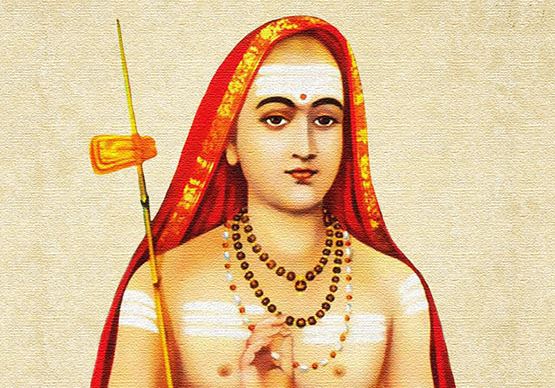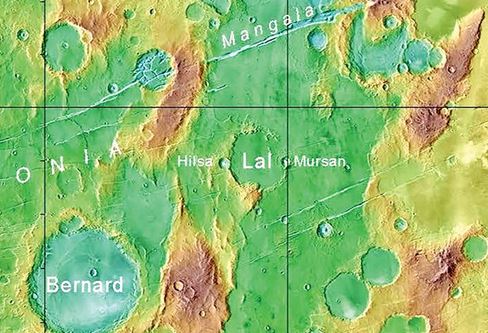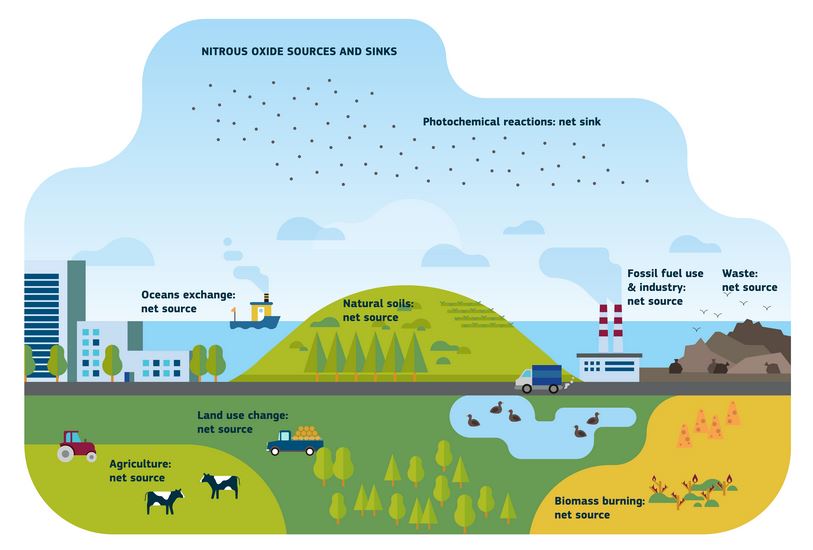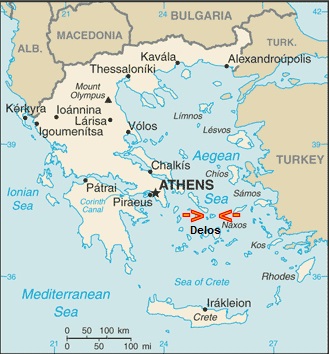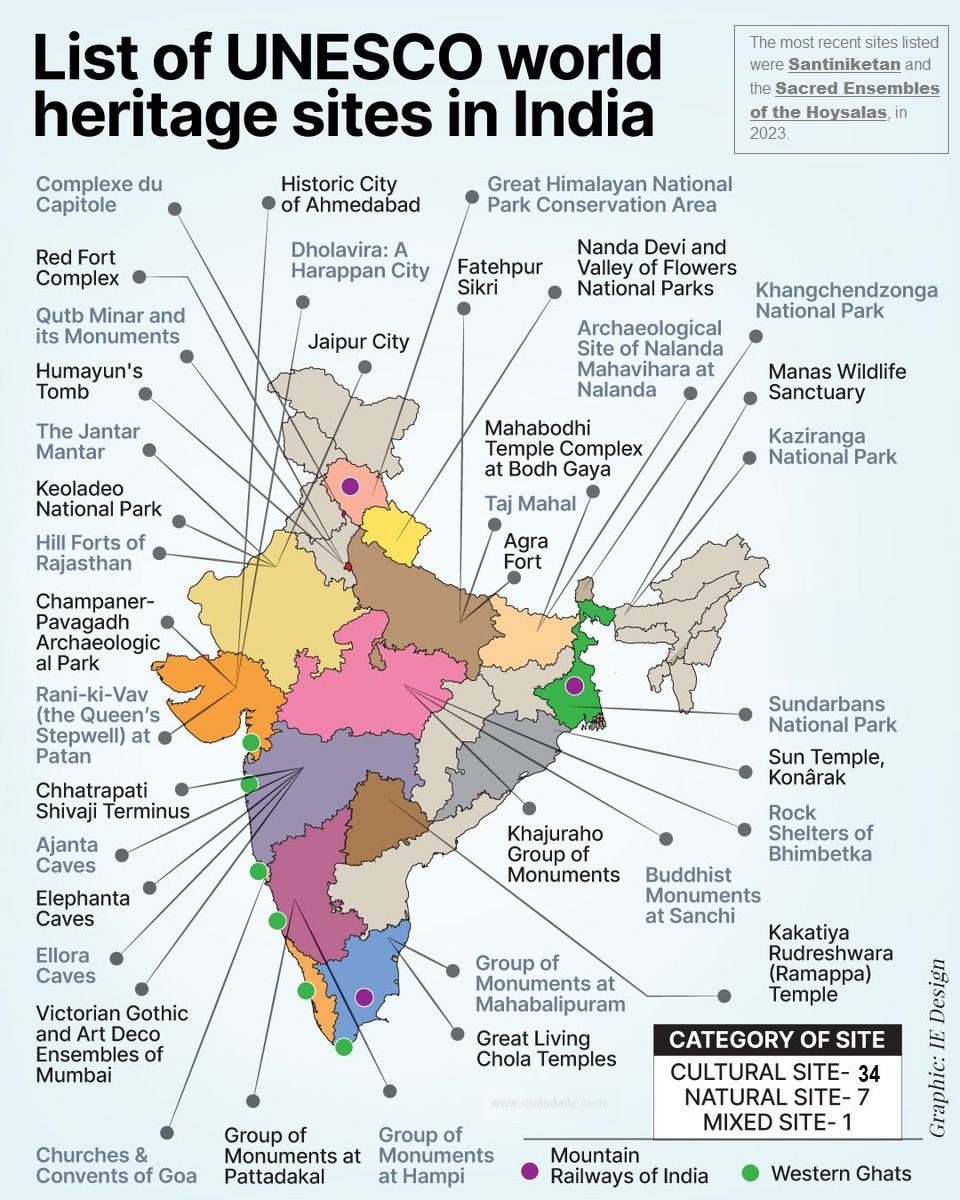Why in the news?
India’s new cabinet has only 2 women ministers, down from 10 previously. The Global Gender Gap Report 2024 (by the World Economic Forum) ranks India third-lowest in South Asia, highlighting significant gender disparity in leadership and representation.
Comparison of Indian Ranking with Other Countries:
- Global Gender Gap Report 2024: India ranked 129th out of 146 economies in the overall gender gap index. Ranked third-lowest among South Asian economies, behind Bangladesh, Nepal, Sri Lanka, and Bhutan.
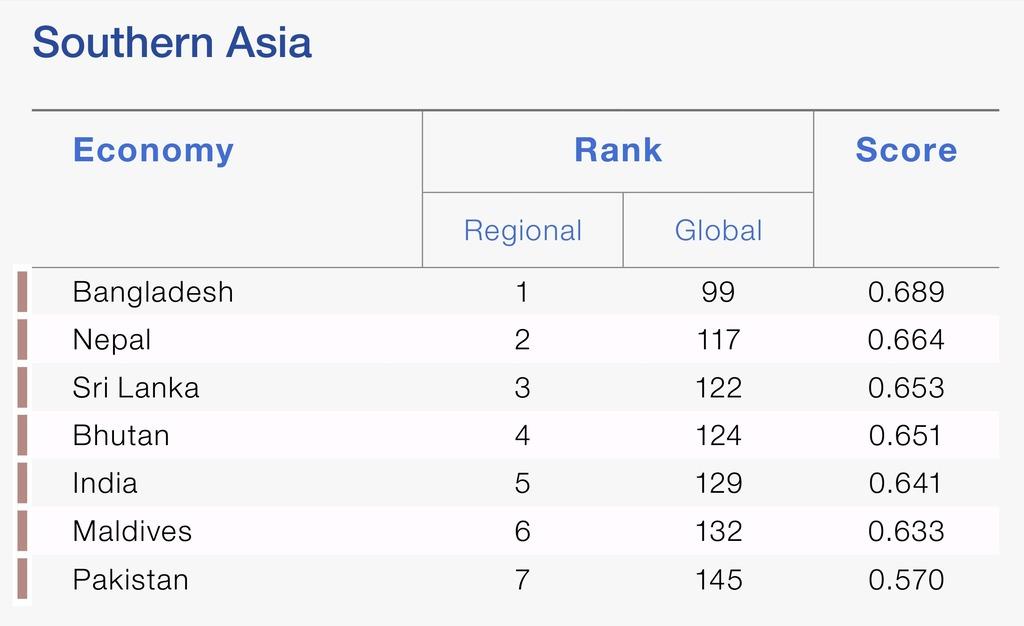
Key points as Gender Gap Report 2024:
Economic Participation and Opportunity: 142nd, Health and Survival: 142nd, Educational Attainment: 112th, and Political Empowerment: Best rank (65th), but overall political representation remains low.
- Political Empowerment: India performs relatively better on the head-of-state indicator (40.7%). However, women’s representation in ministerial positions (6.9%) and parliament (17.2%) is significantly lower. The region of South Asia shows high political disparity, with Nepal leading in ministerial representation (23.5%).
- Educational Attainment: Despite high enrollment rates in primary, secondary, and tertiary education for women, the gap in literacy rate between men and women is significant (17.2 percentage points). India ranks 112th globally in this indicator.
- Economic Participation: India has seen improvement in economic participation and opportunity, although it still ranks low (142nd). Challenges remain in bridging gender gaps in earned income, leadership roles, labour force participation, and technical professions.
Major observations around the causes of the Gender Gap
- Patriarchal Structures: Patriarchy influences decision-making processes and power dynamics, often marginalising women’s voices and restricting their participation in political, economic, and social spheres.
- Gender Bias: Gender bias manifests in various forms, affecting women’s access to resources, healthcare, education, and career advancement opportunities compared to men.
- Gender Pay Gap: Women in India typically earn less than men for similar work, reflecting systemic inequalities in pay and compensation.
- Occupational Segregation: Women are often concentrated in lower-paying sectors and informal employment, facing barriers to accessing high-paying and leadership roles.
- Political Underrepresentation: Low representation of women in decision-making bodies such as parliament and state assemblies hinders legislative reforms and policies that could promote gender equity and address systemic barriers.
Way forward:
- Gender Quotas: Implement and enforce quotas for women’s representation in parliament, state assemblies, and ministerial positions. This can be modelled after successful practices in other countries where gender quotas have significantly increased women’s political participation.
- Equal Pay Initiatives: Enforce equal pay for equal work through rigorous monitoring and enforcement mechanisms. Encourage transparency in salary structures and promote awareness among employers and employees.
Mains PYQ:
Q Can the vicious cycle of gender inequality, poverty and malnutrition be broken through microfinancing of women SHGs? Explain with examples.(UPSC IAS/2021)
